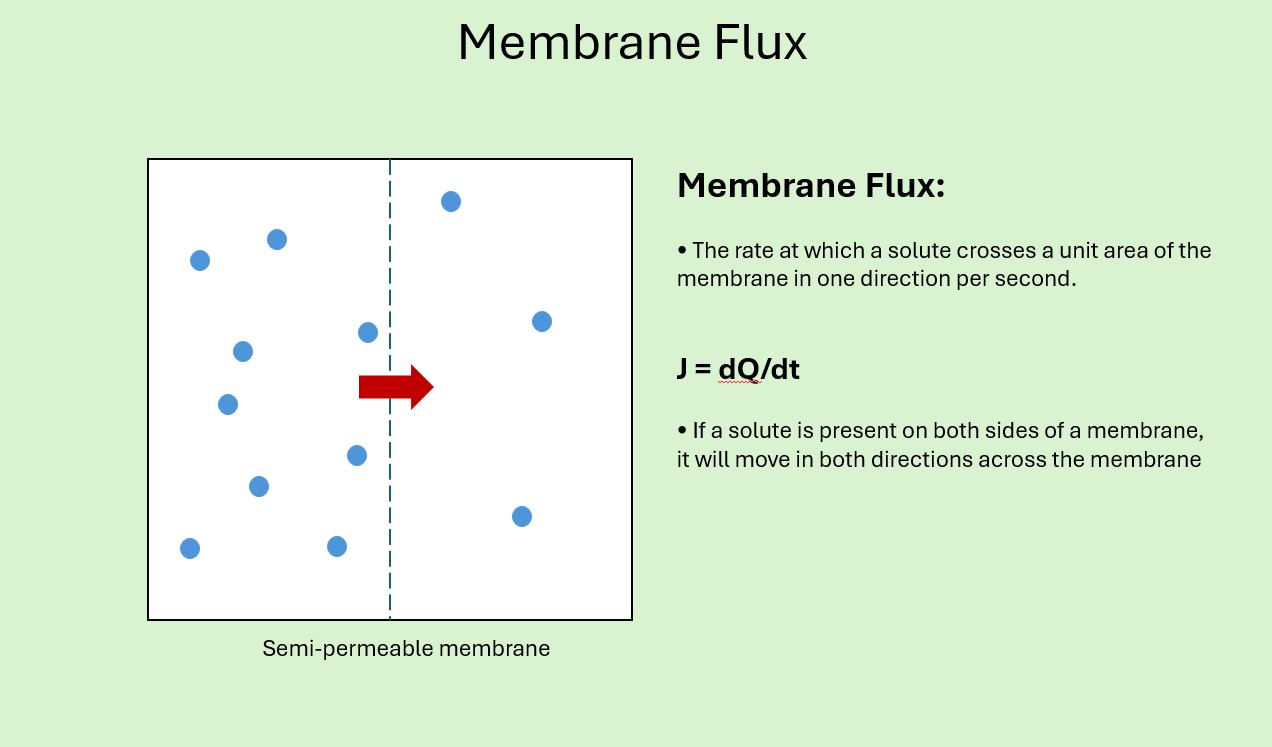Understanding Membrane Flux in Water Treatment
Explore the key to efficient water treatment in our guide on membrane flux. Learn how factors like membrane type, operating conditions, and environmental variables impact flux rates.

What is Flux?
Simply put, the membrane flux is defined as the daily or hourly water flow through a membrane’s surface area (i.e. GPD/ft2), and the treated water that passes through the permeate. The flux rate depends on the membrane type and several physical and environmental operating conditions.

Demystifying Membrane Flux in Water Treatment
When delving into the world of water treatment, one term that frequently emerges is "flux." But what exactly is membrane flux, and why is it pivotal in the context of water purification? Simply put, membrane flux measures the rate at which water passes through a membrane's surface area, typically expressed as gallons per day per square foot (GPD/ft²). This rate is not only a reflection of the membrane's efficiency but also the quality of the treated water, known as permeate.
Understanding the Variability of Flux
The rate of membrane flux is influenced by a variety of factors, starting with the membrane type itself. Membranes are categorized based on their pore size, ranging from Microfiltration, Ultrafiltration, Nanofiltration, to Reverse Osmosis—the latter having the smallest pore size. Additionally, the configuration of the membrane, whether it be tubular, flat sheet, hollow fiber, or spiral wound, plays a significant role in its performance. These membranes are versatile, capable of treating water quality ranging from potable water to the most challenging wastewater.
Factors Influencing Membrane Flux
Several physical and environmental conditions impact the flux rate during system operation. These include:
- Water/Wastewater Constituents: The presence of minerals, organics, fats, oils, greases (FOG), polymers, and chemical compounds can affect flux.
- Temperature: The temperature of the water or wastewater directly influences flux rates, with higher temperatures typically increasing flux.
- Viscosity: The viscosity of water or biological sludge, which can be affected by temperature and composition, also plays a role.
- Sludge Age and Health: The condition of biological sludge, including its age and overall health, can impact the efficiency of membrane filtration.
- Operating Conditions: Factors such as operating pressures, water crossflow velocity, and the potential for membrane fouling are crucial considerations.
Optimizing Membrane Flux with bioprocessH2O
Recognizing the critical variables in water treatment is the first step towards optimizing your process. At bioprocessH2O, we excel in crafting membrane filtration systems that are precisely tailored to meet the unique demands of your application, ensuring long-term success and efficiency. A pivotal component of this optimization is the vigilant monitoring of membrane flux, which is essential for the optimal performance of Membrane Bioreactors.
Whether you're treating potable water or tackling the complexities of wastewater, understanding and managing membrane flux is key to achieving optimal treatment outcomes. With our expertise, we ensure that the next time you ponder "what the flux," you'll have the knowledge and solutions at your fingertips.
related posts
Connect with Our Expert Engineers Today and Find Solutions for Your Wastewater Challenges

